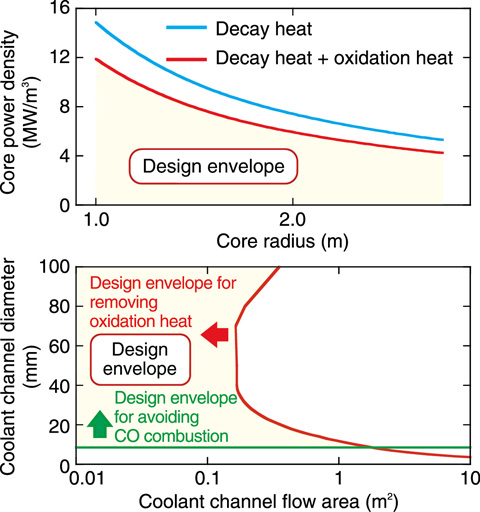
Fig.9-5 Physical phenomena in HTGR during extreme events

Fig.9-6 Design envelope for self-stabilization during extreme events
The “Naturally Safe HTGR” concept aims to intrinsically maintain safety; that is, under accident conditions, physical phenomena ensure that radionuclides are retained within coated fuel particles (Fig.9-5). We examined the conditions that can suppress physical phenomena that would otherwise degrade the integrity of fuel-coated layers. In particular, we focused on core heat up due to radioactive decay, the oxidation of graphite, and the production of carbon monoxide by the oxidation of graphite with ambient air.
The temperature and carbon monoxide concentration in the reactor core were investigated as factors that can influence core design parameters, such as core diameter, size of coolant channels. The goal is to set HTGR core design parameters so that, during a loss of coolant and massive air ingress, the temperature and carbon monoxide concentration in the reactor core remain within safe limits.
A set of simulations clarify the range of average power densities and diameters of reactor cores that can suppress core peak temperatures within the allowable limit of 1600 °C. Such control of core temperatures is to be purely performed by inherent means, such as thermal conduction, radiation from the reactor pressure vessel (RPV) to surrounding structures, and natural convection in the reactor cavity (Fig.9-6). In addition, the results show that indeed there are ranges of design parameters that support the removal of oxidation heat and suppress the concentration of carbon monoxide in the core below the lower flammability limit of 12.5% (Fig.9-6). The simulation results indicate that, by fully utilizing inherently safe characteristics, HTGRs have the potential to eliminate massive, uncontrolled radioactive releases from nuclear plants to the environment.
We will explore the technical feasibility of “Naturally Safe HTGRs” through research and development with the goal of fostering public understanding.
<Previous: 9-2 | Next: 10 Development of Decommissioning and Radwaste Treatment Technology >